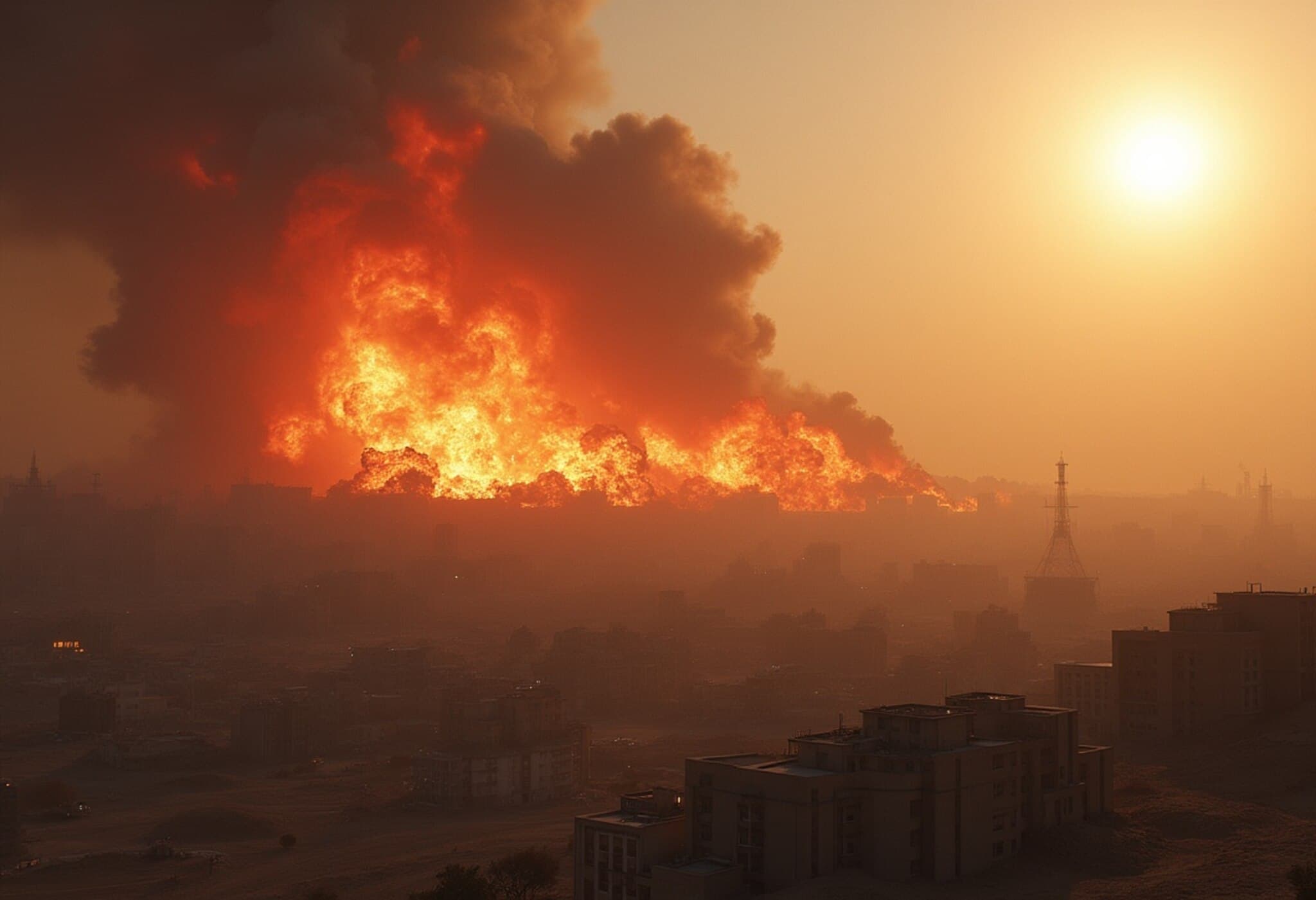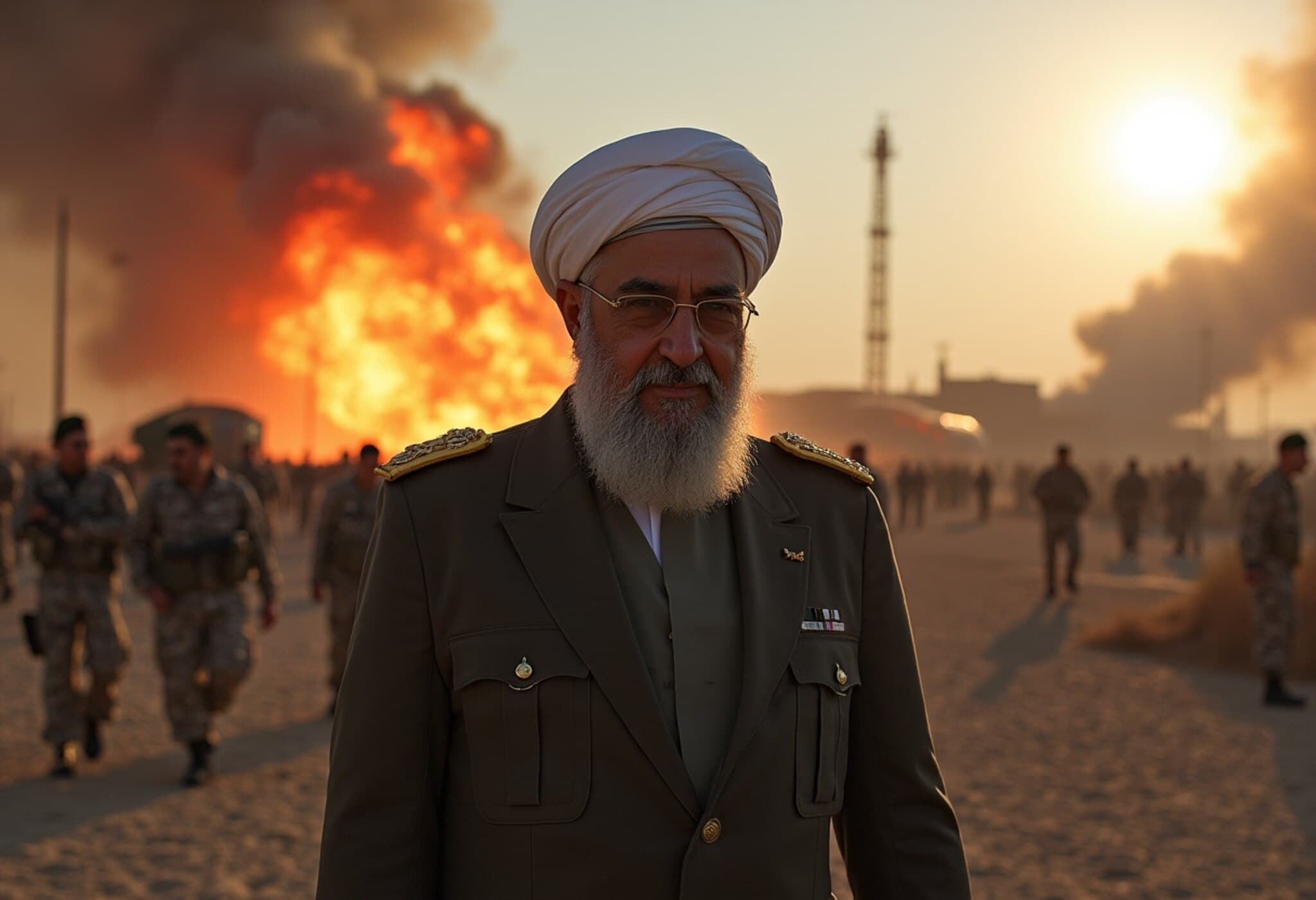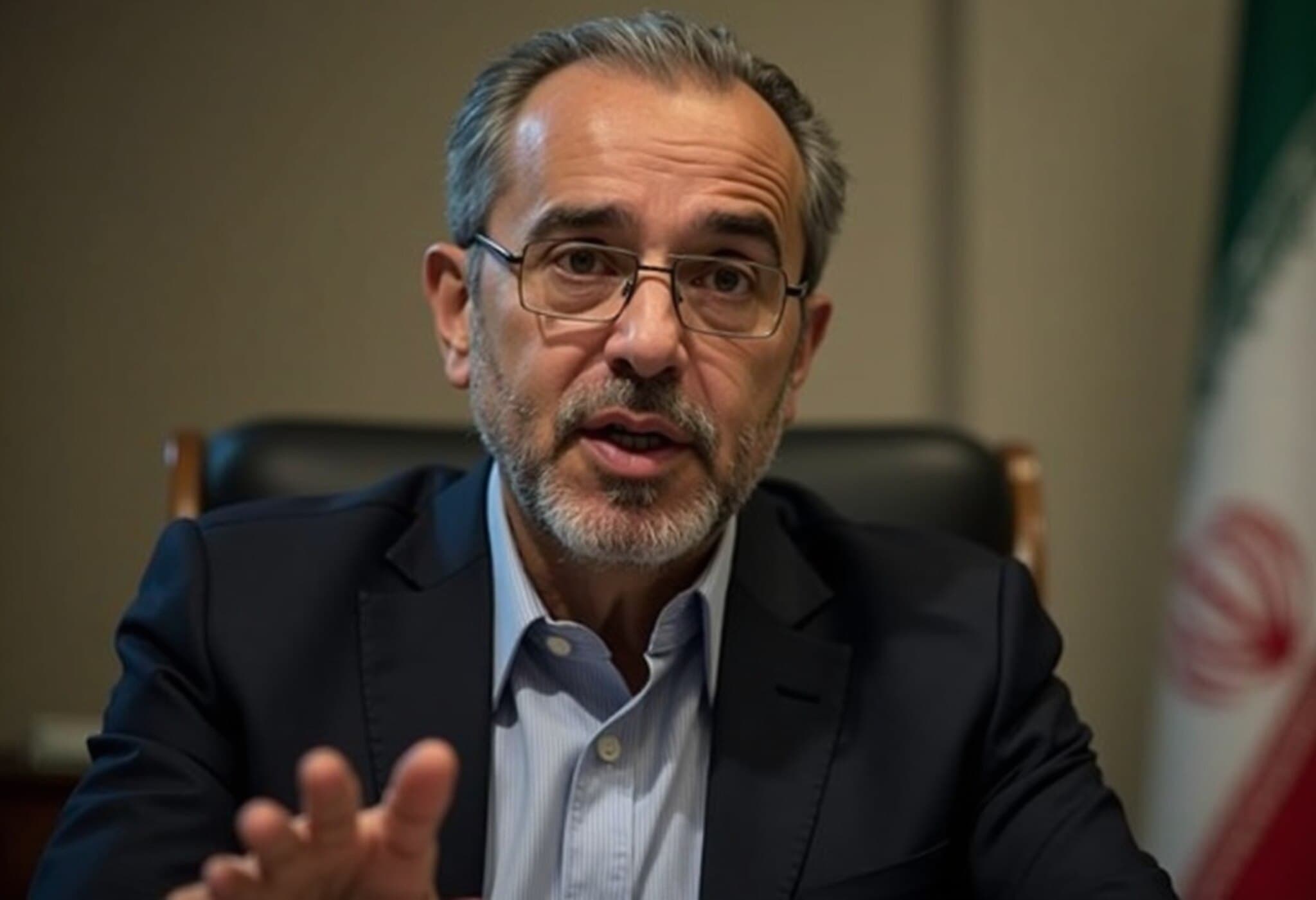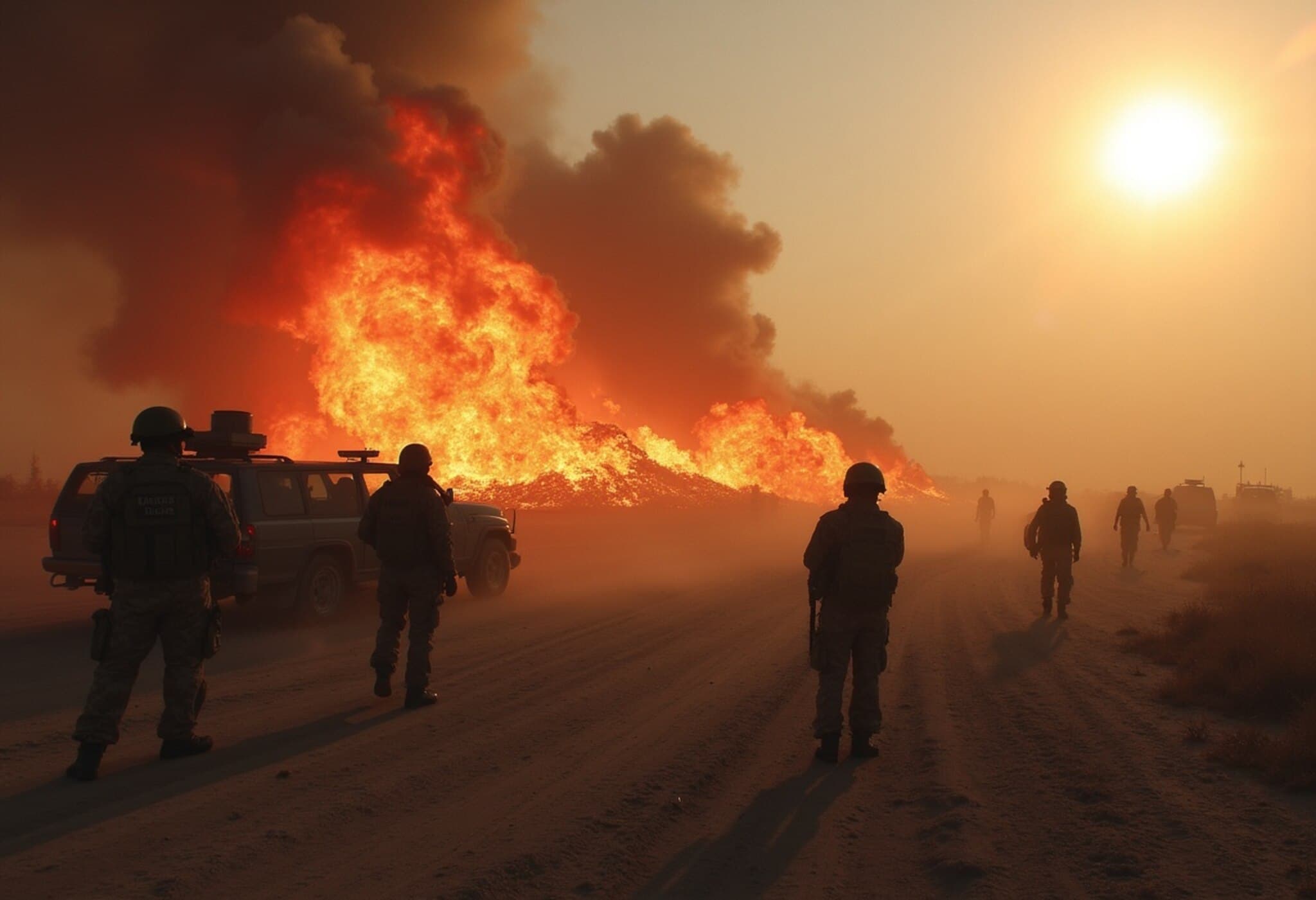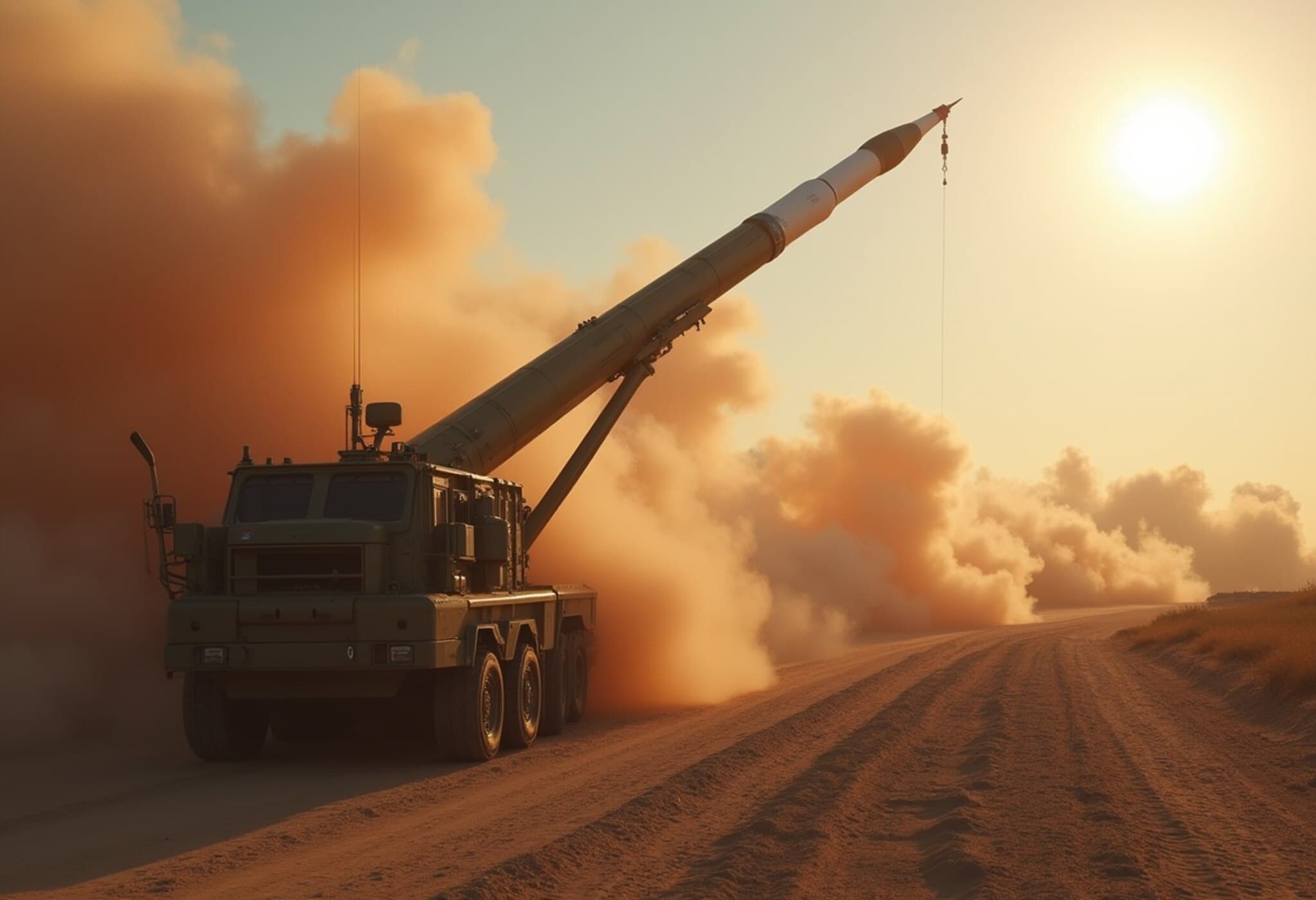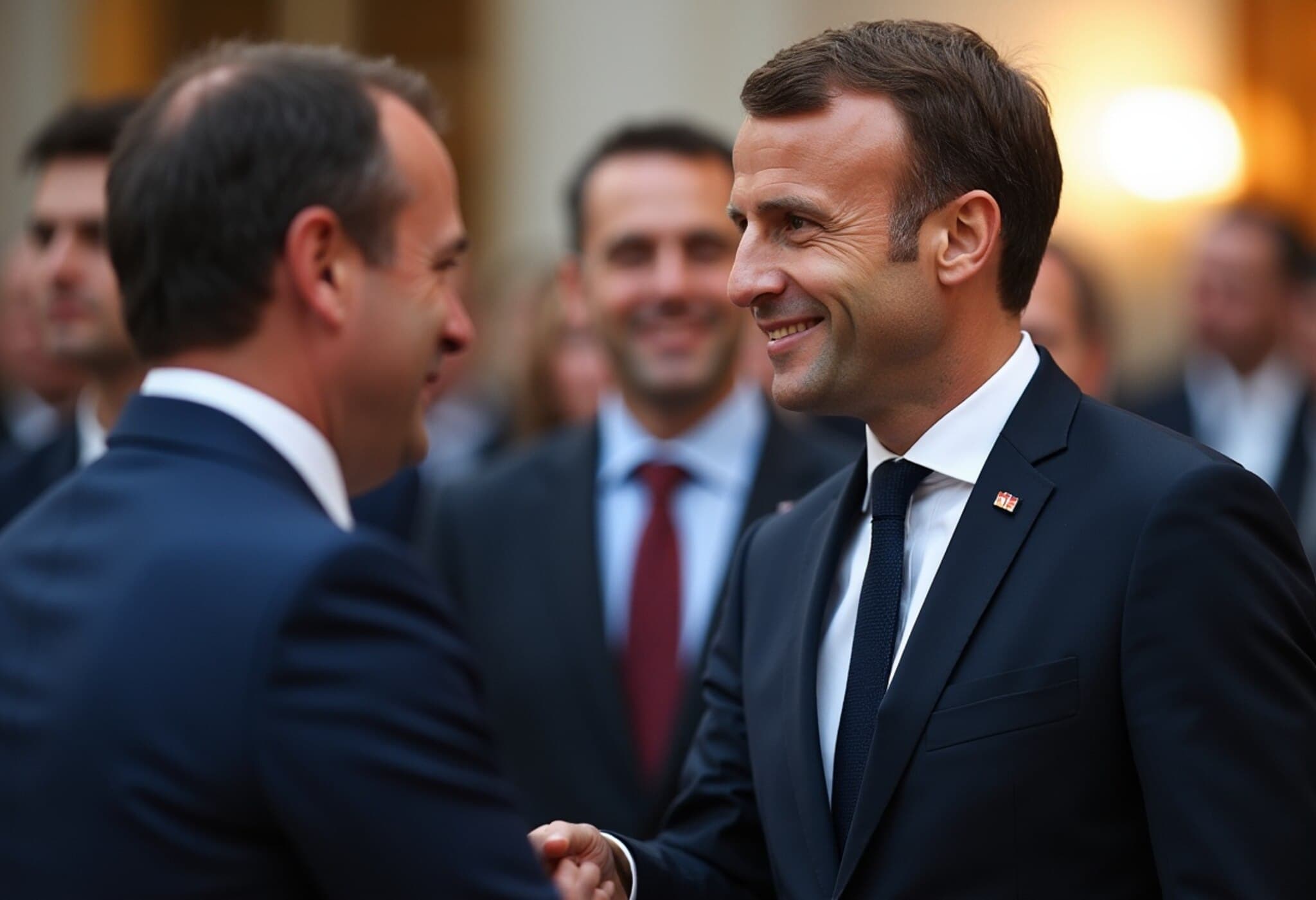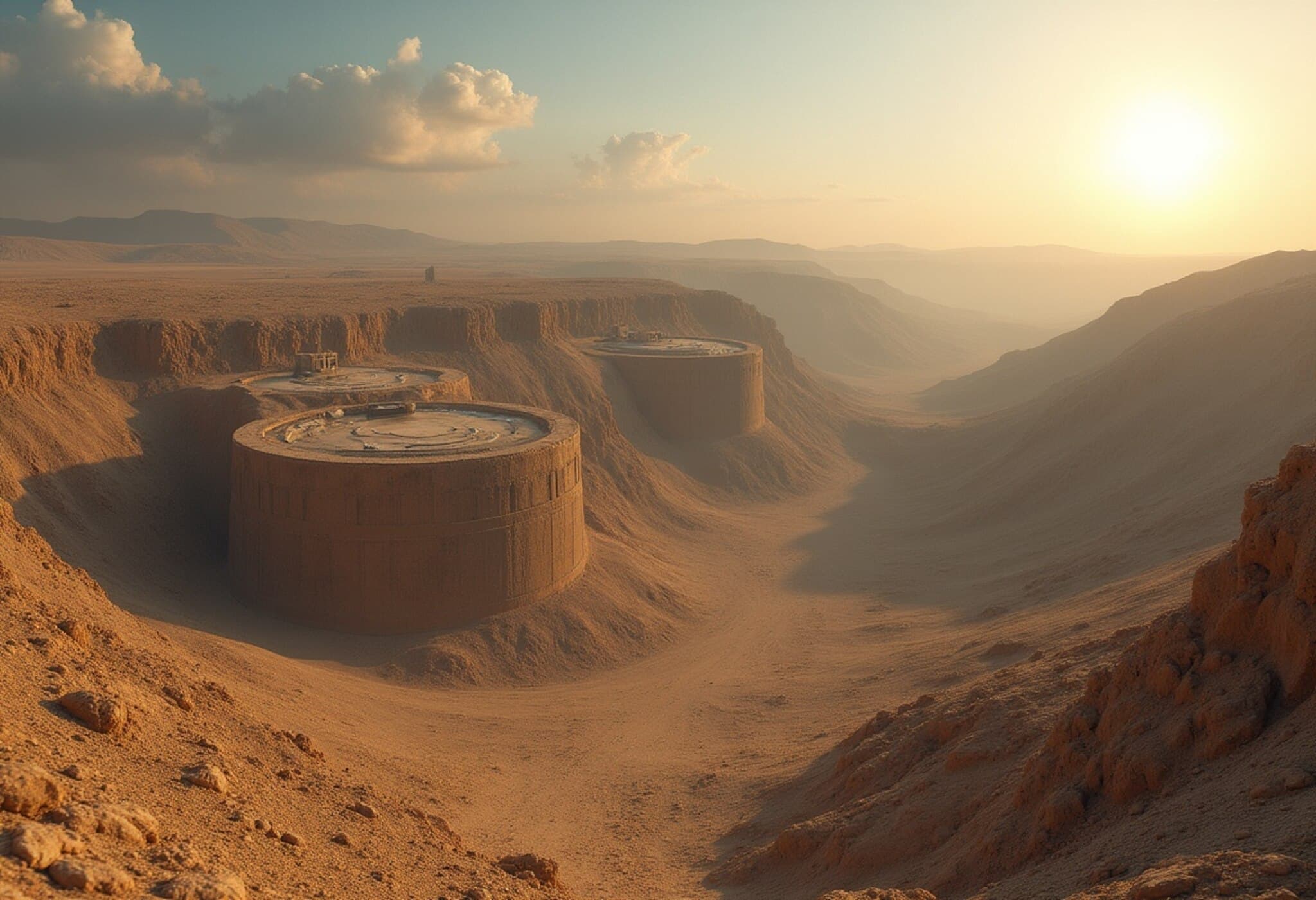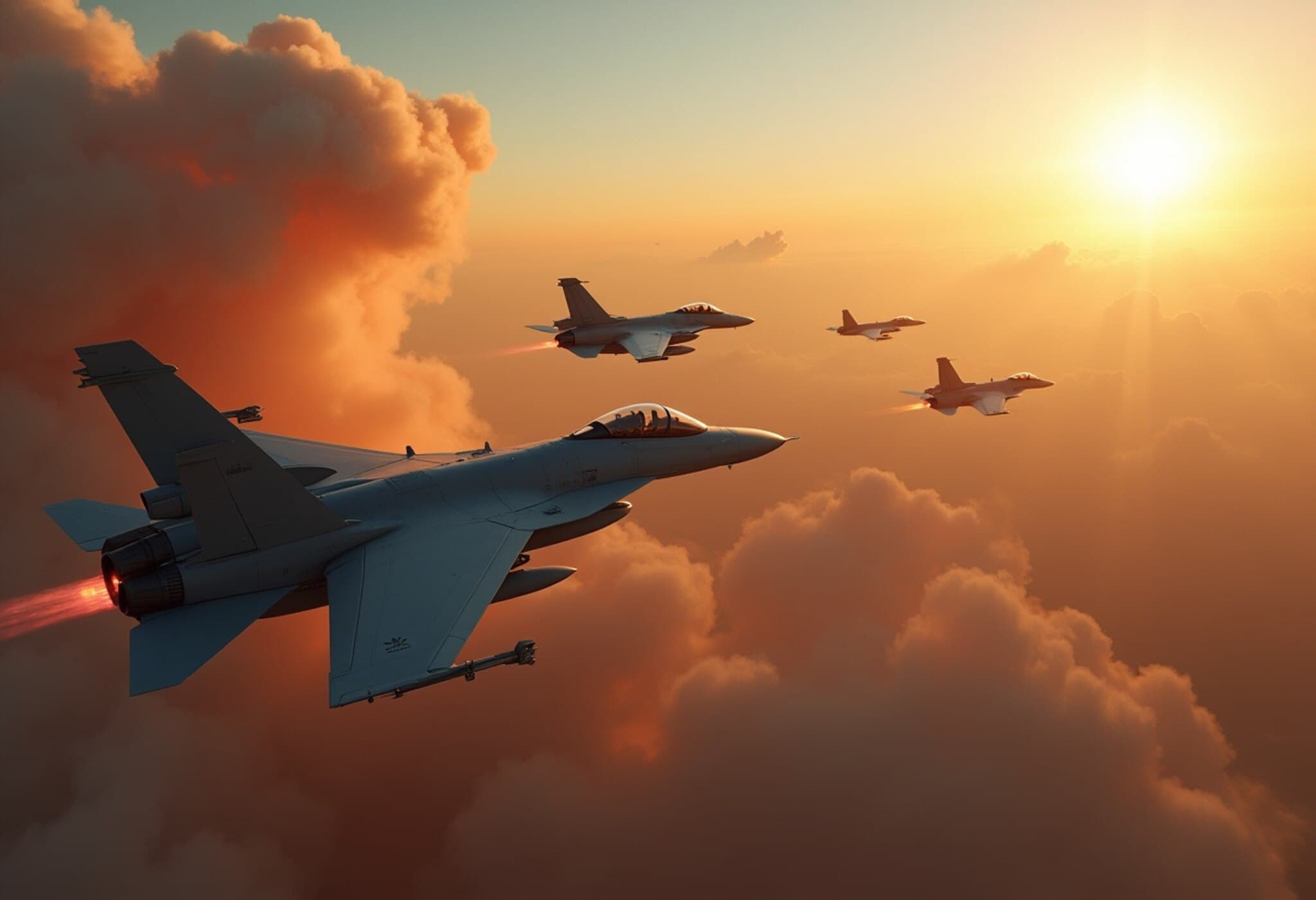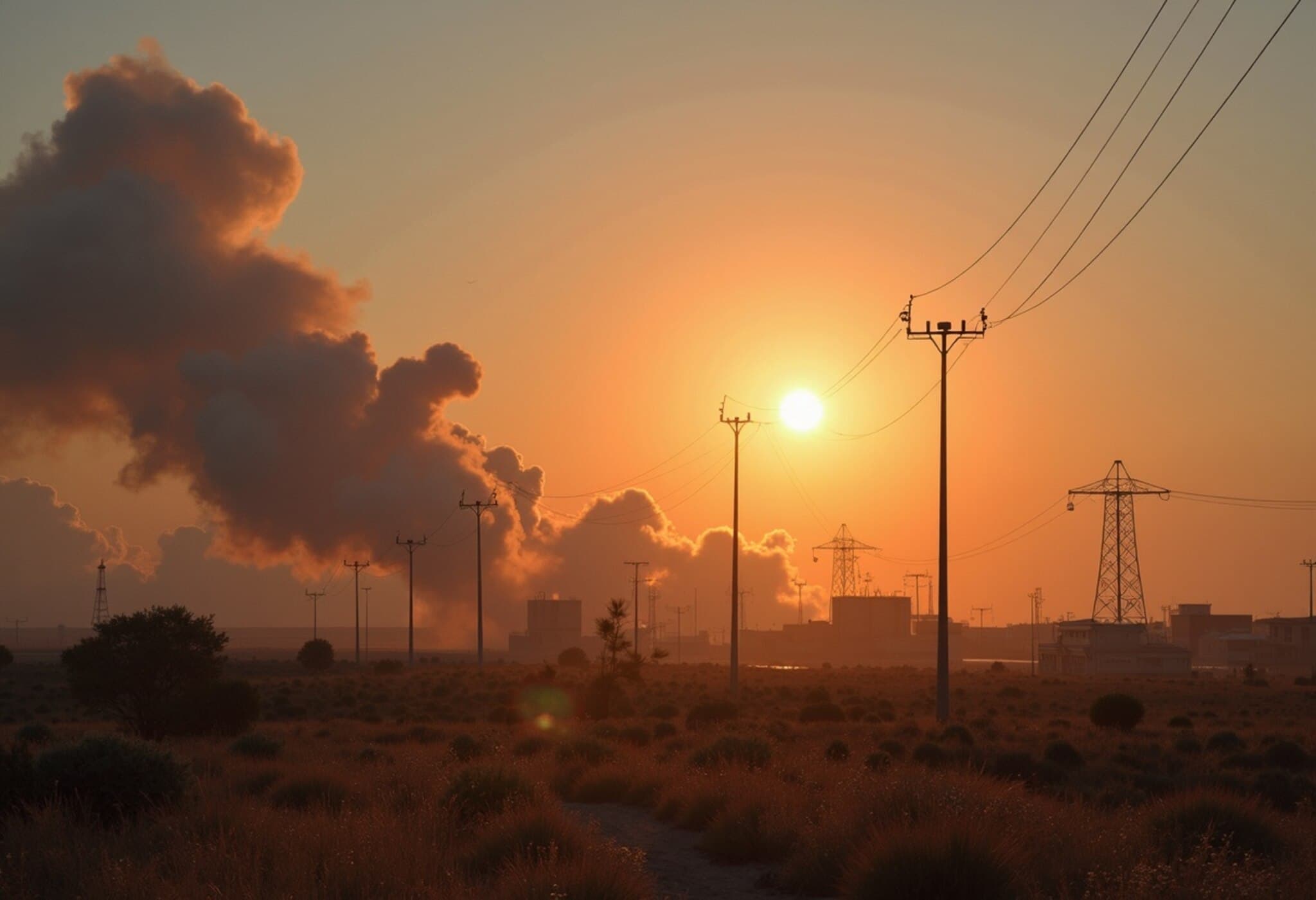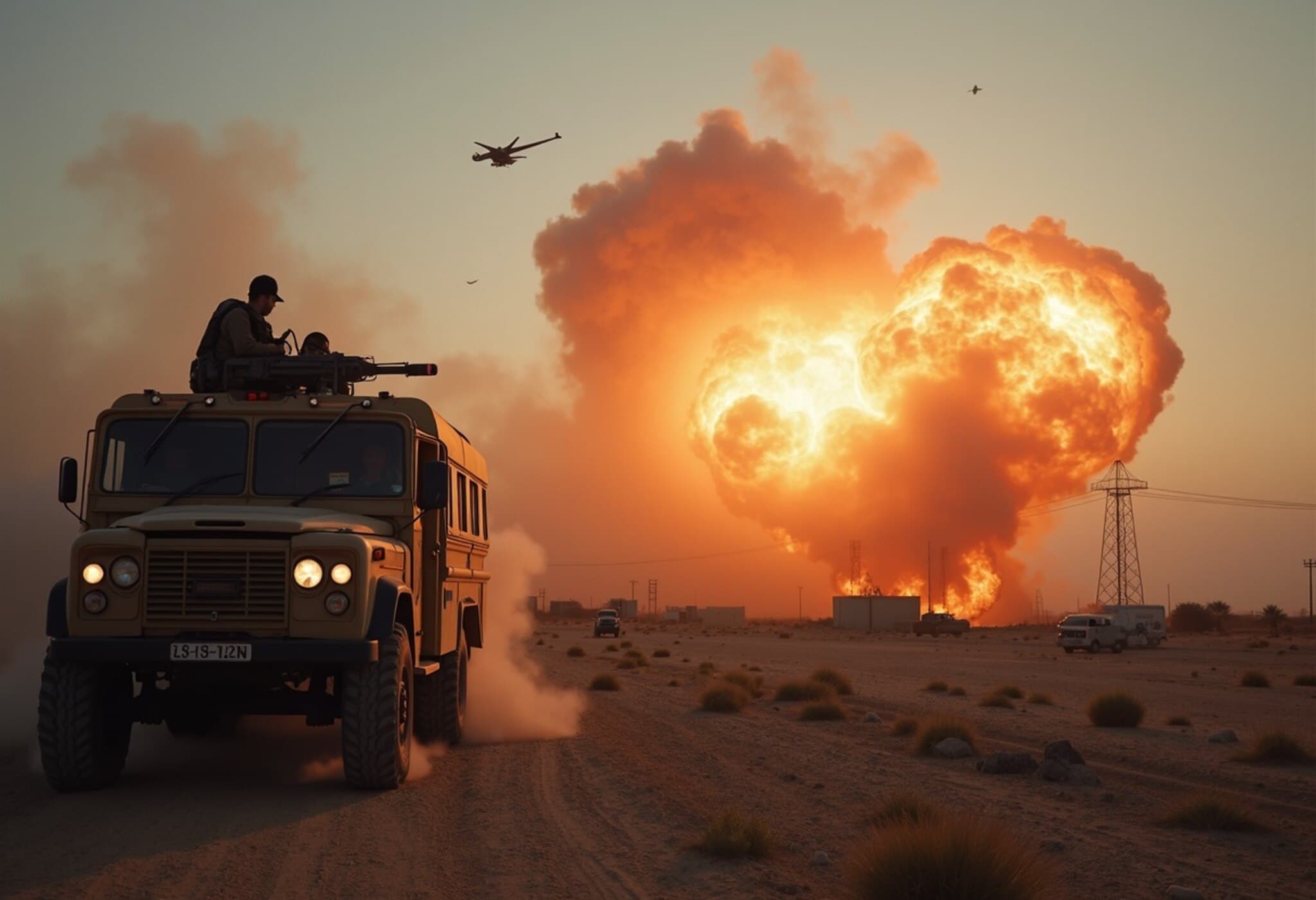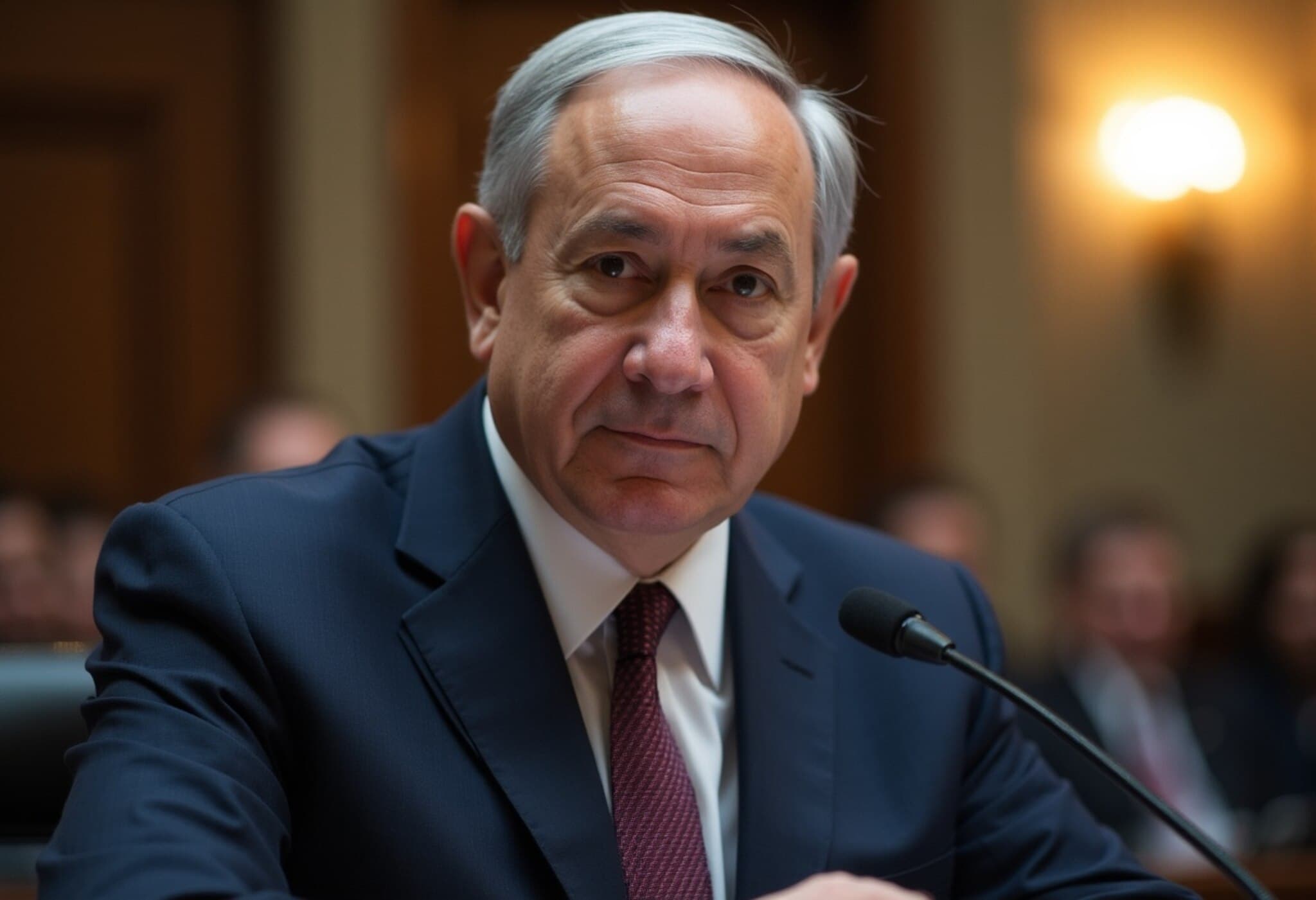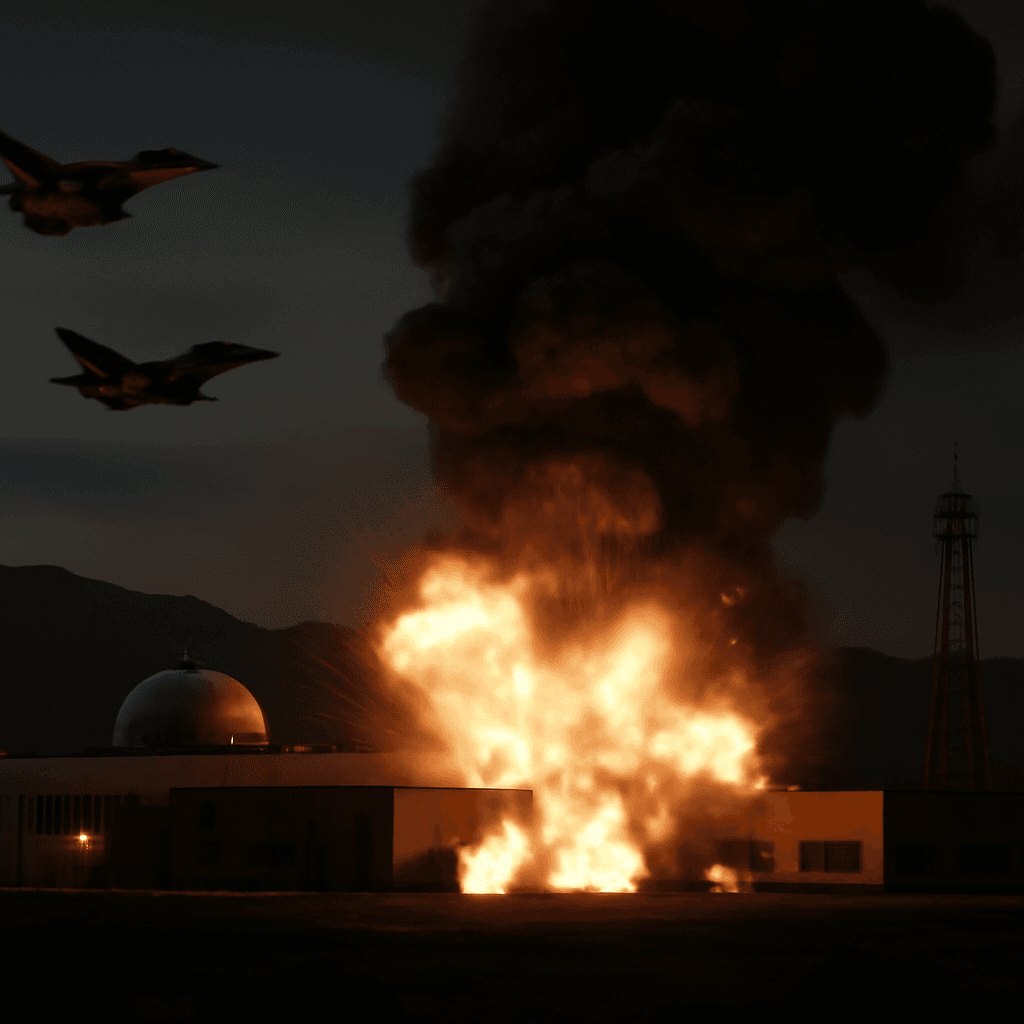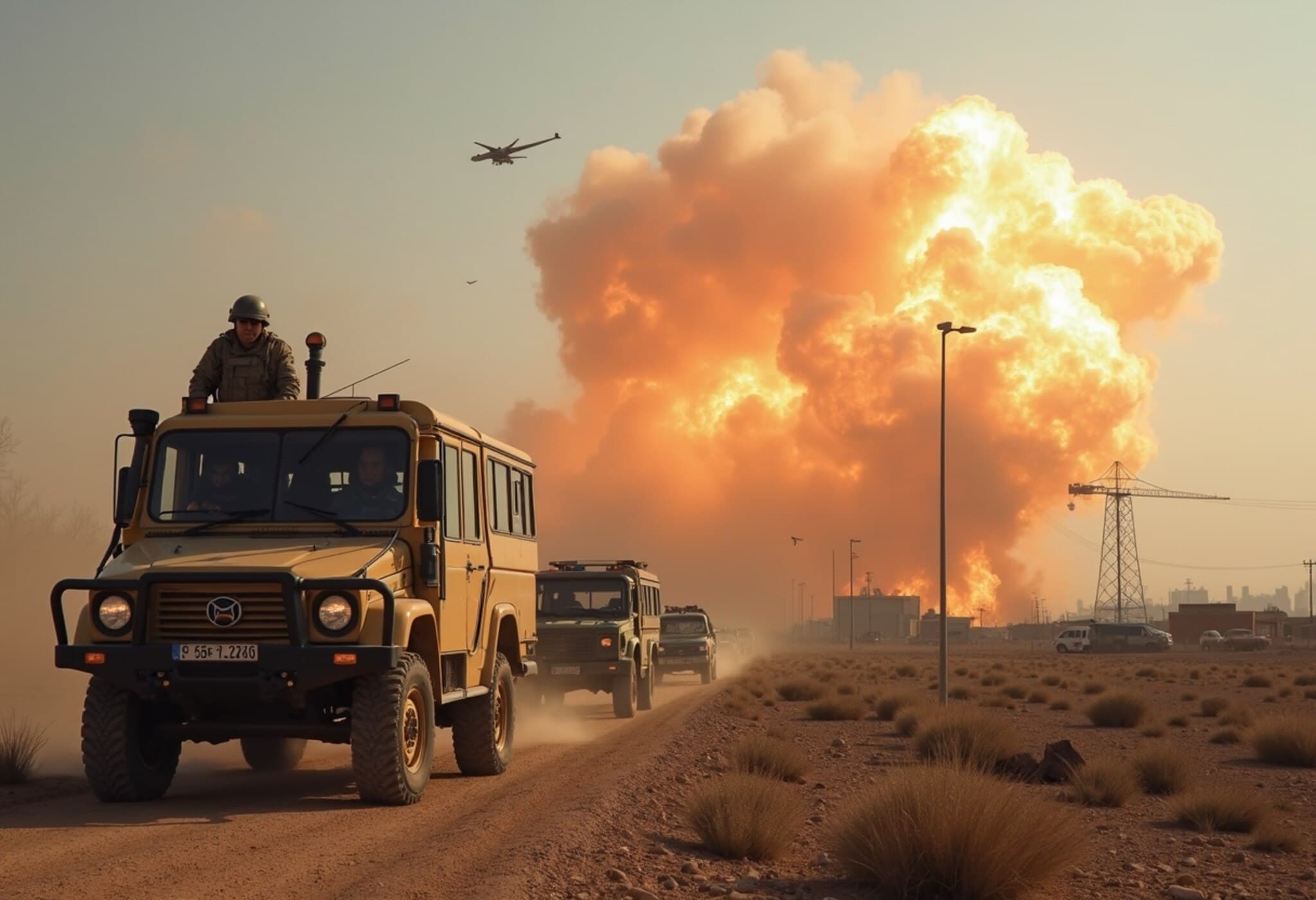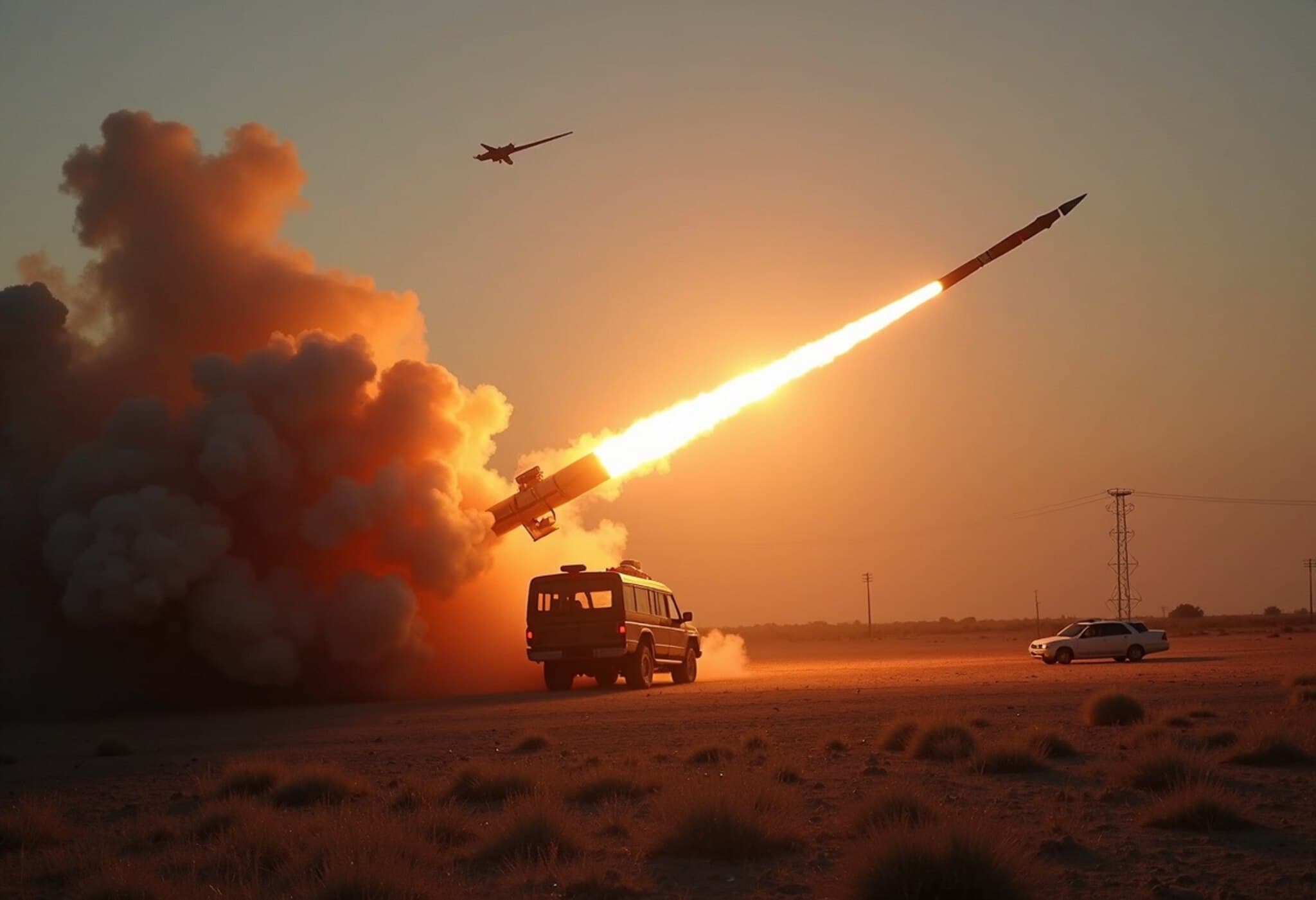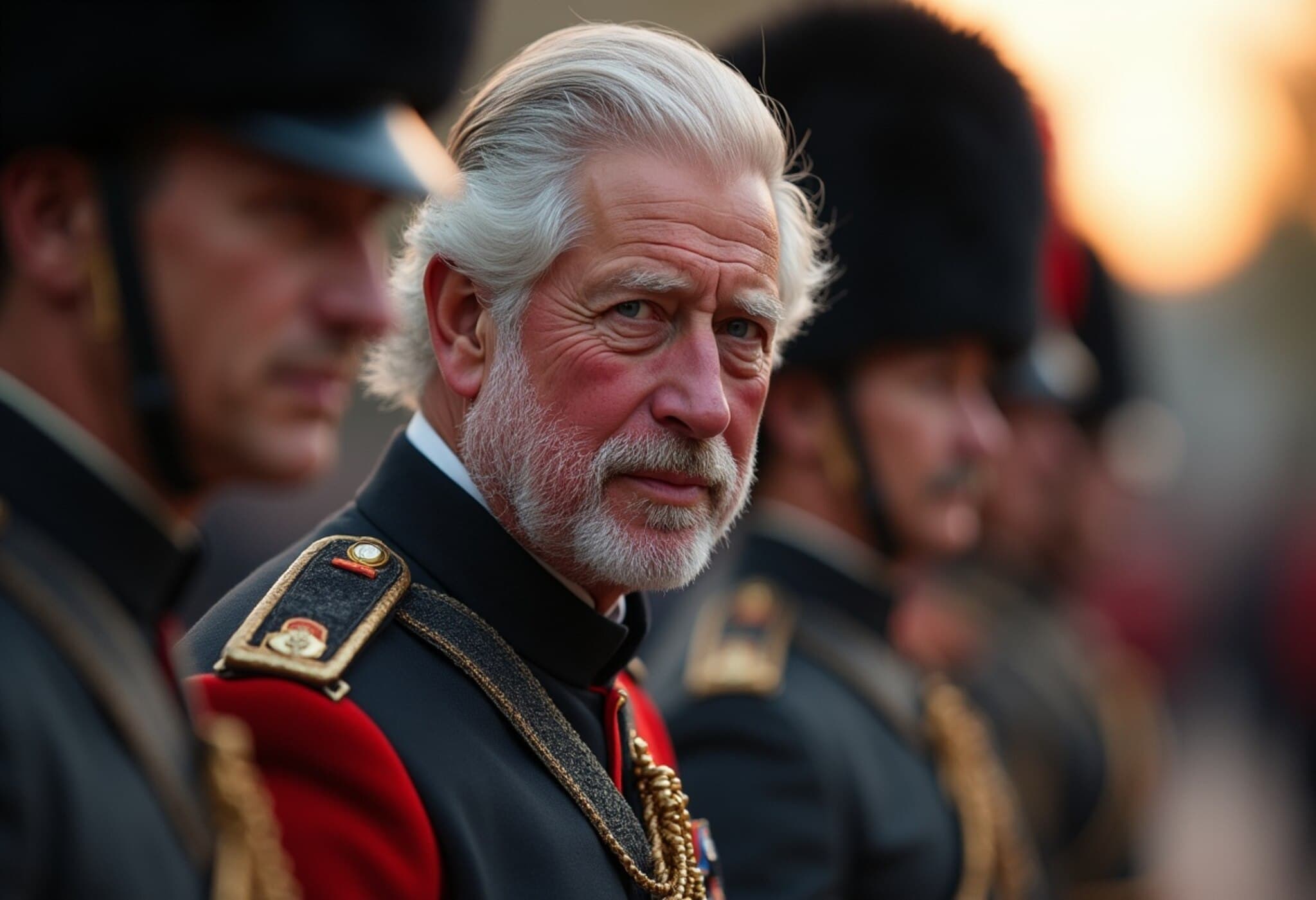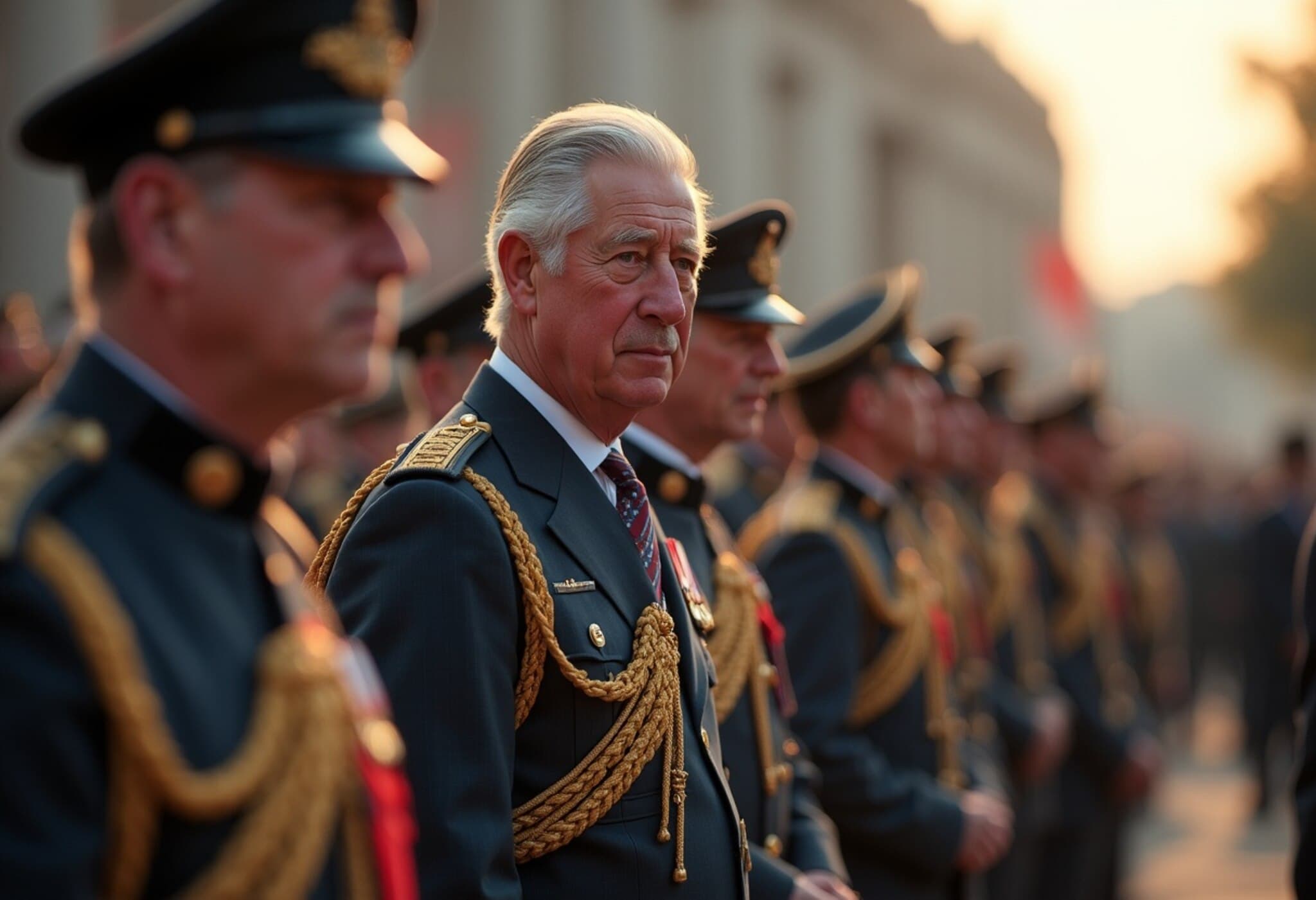Understanding Israel’s 2025 Strikes on Iran’s Nuclear Facilities
On Friday, a wave of Israeli airstrikes rocked Iran, with attacks spanning around 100 targets across the country, including the prominent Natanz nuclear facility. Israeli officials framed this operation as a crucial pre-emptive strike intended to thwart Iran’s alleged accelerating drive towards nuclear weapon development. Meanwhile, Iran staunchly defends its nuclear activities as strictly peaceful.
Israeli Prime Minister announced in a video the targeting of the main uranium enrichment plant at Natanz, Iran’s ballistic missile units, and key nuclear scientists, underscoring the scale and precision of the strikes. The assault notably followed the International Atomic Energy Agency’s (IAEA) rare formal condemnation of Iran for obstructing inspections, leading Tehran to declare plans for expanding enrichment capacity with a third site and advanced centrifuges.
Key Nuclear Installations Shaping Iran’s Program
Natanz Enrichment Facility
About 135 miles southeast of Tehran, Natanz serves as Iran’s central uranium enrichment hub. Built partly underground to withstand assaults, it operates cascading centrifuges to refine uranium efficiently. Iran has been reinforcing this site, tunneling into nearby Pickax Mountain to expand and fortify the complex. Natanz has historically been a target of covert operations, including the infamous Stuxnet cyberattack.
Fordo Enrichment Facility
Located roughly 60 miles southwest of Tehran, Fordo is smaller but more heavily guarded. Carved deep into a mountain and shielded by air defenses, it acts as a hardened fallback to Natanz. Constructed starting in 2007 and publicly acknowledged only in 2009 after intelligence leaks, the site is central to Iran’s enrichment capabilities.
Bushehr Nuclear Power Plant
Situated along the Persian Gulf 465 miles south of Tehran, Bushehr is Iran’s sole operational commercial nuclear power reactor. Initiated under the U.S.-aligned Shah era and completed later by Russia, it runs on Russian uranium fuel under ongoing IAEA supervision. Additionally, Iran is expanding this facility with two new reactors underway.
Arak Heavy Water Reactor
About 155 miles southwest of Tehran, the Arak facility uses heavy water coolant, which can theoretically produce plutonium — offering an alternative nuclear weapon pathway though Iran has not pursued this route. To mitigate risks, Iran agreed to redesign Arak under the 2015 nuclear deal.
Isfahan Nuclear Technology Centre
Located 215 miles southeast of Tehran, Isfahan hosts nuclear research and development efforts, including three Chinese-built research reactors. It remains vital for Iran’s scientific workforce and technology progression.
Tehran Research Reactor
Based at the Atomic Energy Organization of Iran headquarters, this reactor dates to 1967 and was initially supplied by the United States during the Cold War's “Atoms for Peace” initiative. It has transitioned from weapons-grade to low-enriched uranium fuel to ease proliferation concerns.
| Site | Primary Function | Status | IAEA Access |
|---|---|---|---|
| Natanz | Uranium enrichment | Operational | Limited since 2023 |
| Fordo | High-level enrichment (~60%) | Operational, fortified | Highly restricted |
| Isfahan | Uranium conversion | Operational | Partial |
| Arak | Heavy water reactor | Modified/reactivated | Partial cooperation |
| Tehran Reactor | Research and isotope production | Operational | Under IAEA surveillance |
| Parchin | Suspected weaponization site | Military, restricted | No access |
| Rainbow Site | Alleged tritium production | Undeclared | Unknown |
| New Enrichment (2025 planned) | Expansion site | Not revealed | Unknown |
A Brief Timeline of Iran’s Nuclear Journey
Iran’s nuclear story began in 1957 with U.S. assistance under the Atoms for Peace program. By the 1970s, nuclear infrastructure took shape with Western support until the 1979 Islamic Revolution abruptly halted collaborations.
Fast forward to the early 2000s, when undisclosed facilities at Natanz and Arak raised alarms globally. Under the Nuclear Non-Proliferation Treaty (NPT), Iran committed to peaceful uses only, but doubts grew over the transparency of its operations.
The 2015 Joint Comprehensive Plan of Action (JCPOA) aimed to curb enrichment to 3.67%, limited stockpiles, banned advanced centrifuges, and imposed international inspections in exchange for easing sanctions.
However, in 2018, the U.S. withdrew unilaterally, reinstating sanctions. Iran responded by breaching limits, ramping up enrichment to 60% purity by 2024 — dangerously close to weapons-grade levels of 90% — and deploying advanced centrifuges while obstructing IAEA surveillance.
What Lies Ahead?
The recent Israeli strikes dramatically escalate tensions, raising critical questions about regional security and international diplomacy efforts. Iran’s response to expand enrichment and modernize facilities signals a likely intensification in its nuclear program, while the global community grapples with how to diplomatically contain this fast-evolving challenge.

